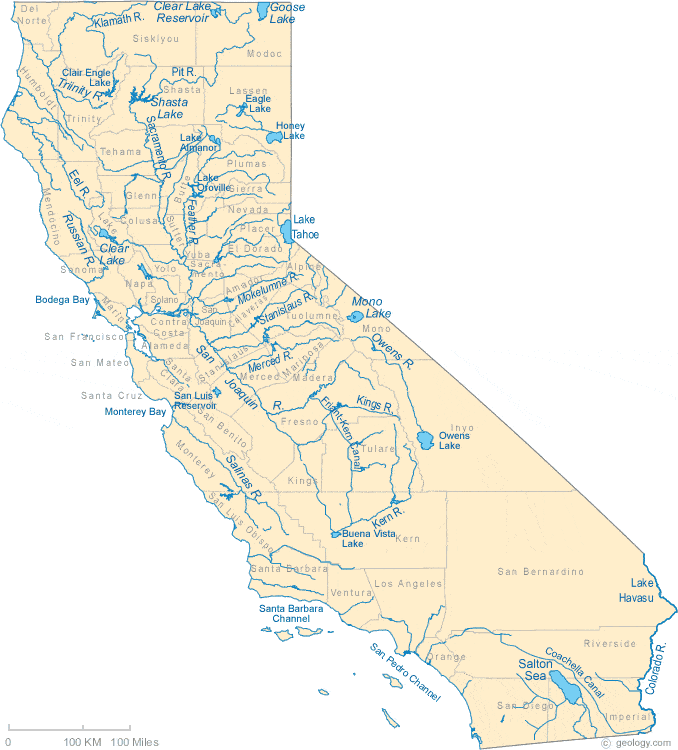State Advisory
California’s local agency port system is a collection of city departments, special districts and charter ports. Unlike the majority of other states with ports, California does not substantially contribute to the development and improvement of ports.
Over the past decade, the State of California has only invested a few million dollars. According to the General Accounting Office, of the five Pacific Rim states, only California does not provide grants or appropriations to fund navigation projects. Over 50% of the container cargo through California comes from and goes to other states. This cargo can and will go to ports in other states and countries if California does not meet the challenge. With the loss of cargo will be the loss in jobs, personal income and state taxes.
Economic activity that depends on California ports creates 941,000 jobs in California , contributes $30.2 billion to the Gross State Product, pays over $1.48 billion in taxes to the revenues of the State Treasury and has an impact on Personal Income of $32.5 billion.
The value of Waterborne International Trade in 1997 for the United States was $626 billion, 31% of it, or $194 billion came through California. Three of the top ten ports in the nation by dollar value of imports and exports are in California; Los Angeles is number 1; Long Beach is number 2; and Oakland is number 4.
These same three ports are in the top five ports in North America for container movements. In the world only two U.S. ports are in the top ten for container movements, both are in California; Los Angeles is number 6 and Long Beach is number 7. According to the President’s Trade Policy Agenda for the Year 2000: “…the United States has regained its position as the world’s largest exporting nation. This is especially important, as export-related jobs typically pay 13-16 percent above the average U.S. wage;…openness to imports has helped to keep inflation low, broaden choice and improve consumer prices especially for basic household necessities. This is especially important for the poorest families.”

Fund Local Share of Federal Projects
Due to changes in federal law and the benefits received by all Californians, we strongly endorse the concept of providing a mechanism for state financial contributions to maritime transportation projects.
Support Federal Funding
Support federal appropriations that fund California maritime and coastal projects. California generates over 40% of the federal Harbor Maintenance Tax and only receives 8% back!
State Harbors and Watercraft Revolving Fund
Keep intact the harbors and watercraft revolving fund managed by the California Department of Boating and Waterways. This watercraft revolving fund is the first and finest in the nation. Recreational boaters solely fund it. It is greatly responsible for the strength of California’s wonderful small craft infrastructure system.

Maritime Transportation Linkage
Sponsor and support the development of a comprehensive California transportation plan that includes rail and highway links to the ports allowing the efficient and seamless goods movement from land and to sea. California should implement this program in conjunction with the federal Maritime Transportation System initiative.
State Maritime Policy
Adopt maritime policy at the Governor’s cabinet level which recognizes the current and future value of California’s ports and harbors.
California Maritime Infrastructure Bank
Support the California State Maritime Infrastructure Bank, which is dedicated to helping ports and harbors fund projects: a.) Fund the Bank with initial capitalization of $3 to $5 million to start the revolving fund; b.) Support federal policy changes in the distribution of federal Wallop-Breaux funds so that California, as well as all states, receives its fair share of designated boating and fishing generated tax funds.
Mitigation Banking
California should adopt a strong mitigation banking policy allowing credits to be given for environmental enhancements accomplished in port and harbor projects.
